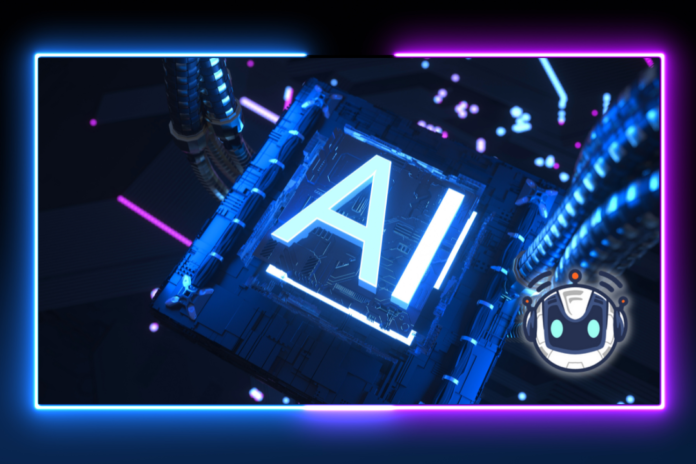Exploring the Possibilities of AI in 2023
AI will be applied to a broader spectrum of smaller decision points and actions
There are two distinct types of AI. One is reactive machines, which have no memory and cannot use past experiences to inform future decisions. The other is a self-aware AI, which can understand its current state and make inferences about its environment.
When choosing an AI system, organizations should consider factors such as its robustness, the likelihood of its errors, and the consequences of its consequences. These factors can help minimize the negative impacts of AI. But it is also important to recognize that the positive consequences of an AI system are possible.
For example, an AI system that identifies new markets can be helpful in finding opportunities. It can also help maintain an organization’s structure and integrity in the face of change. And, an AI-powered ocean shipping system can make a ship safer. However, AI systems can also cause harm, and the effects of their deployment are not predictable.
Because the positive and negative consequences of an AI system are uncertain, risk management efforts should be based on the risk-levels of the system. In addition, the use of AI systems requires careful attention to human-AI teaming aspects, such as trustworthiness and reliability.
Another element to consider is the degree to which human bias is present in the decision-making process. This refers to the way individuals, groups, and other stakeholders perceive the information gathered by an AI system. Having a variety of perspectives is crucial to ensuring that an AI system’s output is comprehensible.
As more and more people and organizations start using AI, it is necessary to develop a safety-first mindset. Organizations need to document the risks associated with the technology and regularly incorporate adjudicated stakeholder feedback into their processes.
Managing AI risks isn’t easy. Organizations must engage diverse stakeholders, including internal and external personnel, to ensure that their decisions are aligned with the risks involved. They also need to document and report the effects of the technology. Increasing stakeholder input can also increase the opportunities to identify the positive impacts of an AI system.
A key feature of AI-based systems is their ability to adapt and degrade gracefully in the face of changes. Using the TEVV Framework, organizations can assess the impact of an AI system in relation to societal standards and technical standards.
AI will become more explainable and transparent
Explainable and transparent AI is one of the most promising new features of machine learning. The ability to explain what an AI system does and how it works is crucial in preventing future mistakes. In addition, it helps analysts to understand the outputs of AI systems, leading to better decision-making.
A growing number of policy groups are urging companies to implement AI that is both understandable and transparent. For example, the European Commission recently issued its first draft of the Artificial Intelligence Regulation.
Various sectors, including health care, will face challenges in automated decision-making. As organizations adopt more and more AI for decision making, they will need more robust and scalable infrastructure. They will also need to address the risk of processing personal data.
Explainable and transparent AI is also important because it reduces the need for companies to hire expensive and highly skilled data scientists. Instead, they can train their AI systems to avoid potential errors. This helps to make AI more trustworthy, which ultimately builds trust in AI.
Some key regulatory drivers for explainable and transparent AI include the General Data Protection Regulation (GDPR), the UK’s Information Commissioner’s Office, and the European Union’s first draft of the Artificial Intelligence Regulation. Other issues related to explainable and transparent AI include the risks of algorithmic bias and vulnerability to malicious attacks.
While the importance of explainable and transparent AI depends on the domain in which it is being implemented, it is also an important component of the ethical AI dialogue. Explanation and transparency are a good way to build trust, improve user acceptance, and ensure accurate predictions.
To date, there has been no universal standard for explainable and transparent AI. However, several open source tools have been developed, such as IBM’s AI Explainability 360 and Google’s What-If Tool.
These tools help to visualize what a model is doing, and can be used to test for machine learning fairness metrics. Additionally, they can be useful for assessing the impact of model weights.
Although explainable and transparent AI is still in its early stages, it will gain more traction in 2023. Businesses can start to take advantage of the technology today by incorporating knowledge graphs into their machine learning models.


